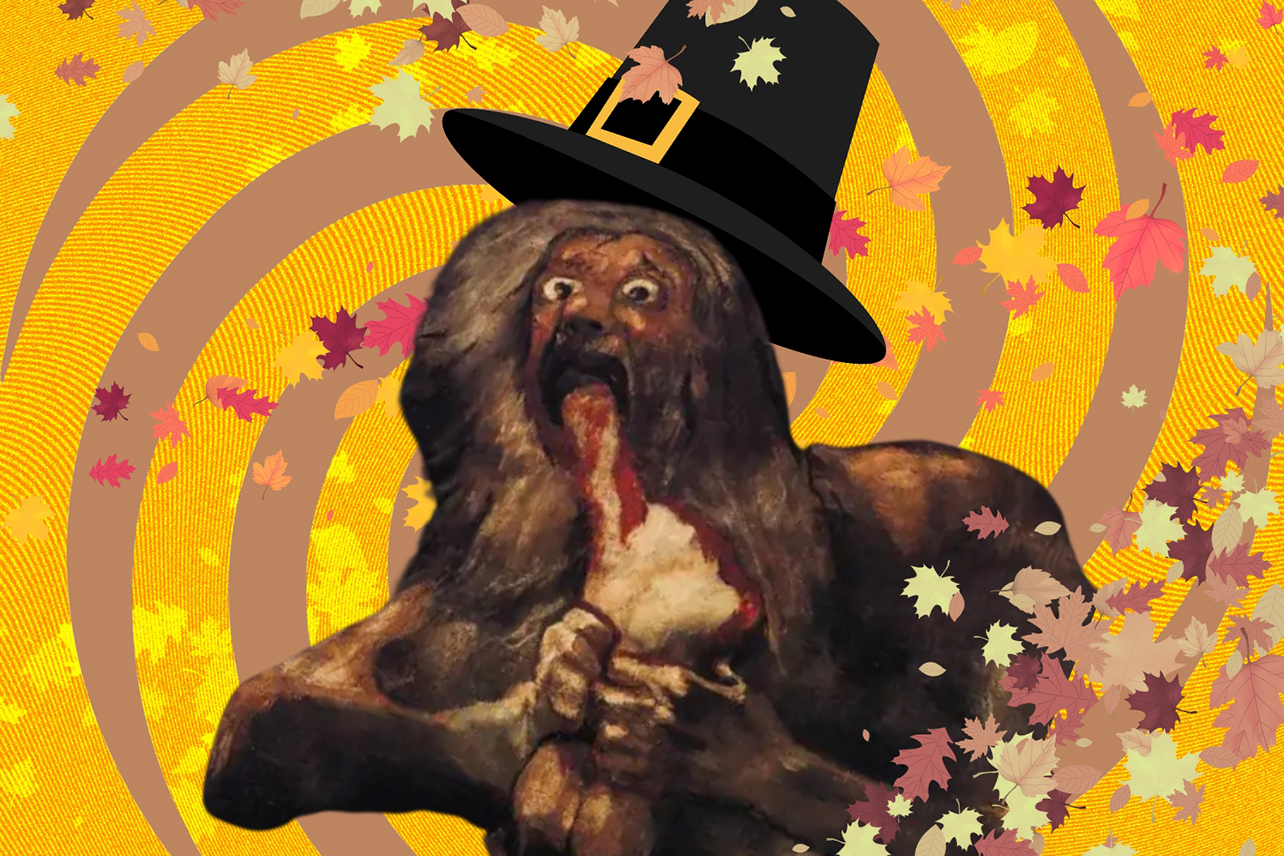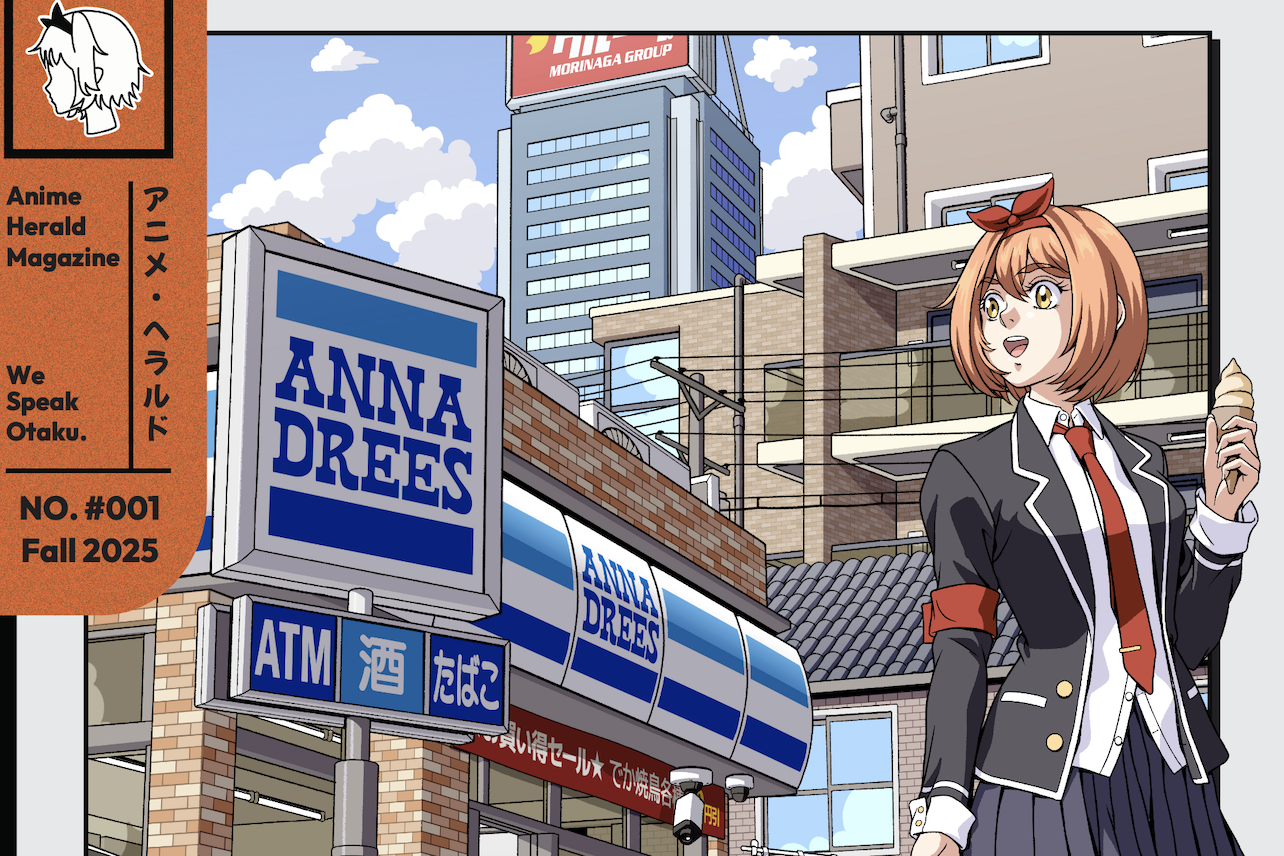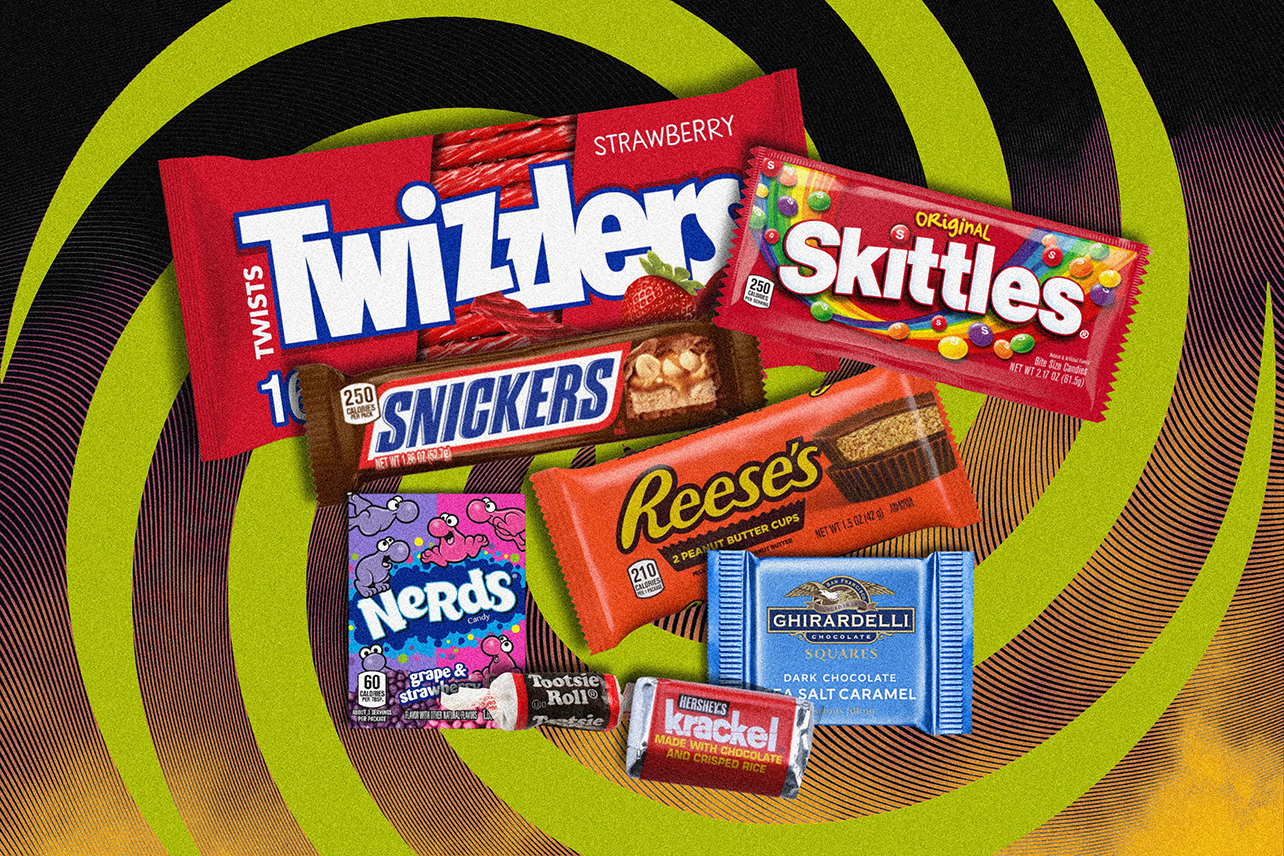At 71 years old, Godzilla has advertised more brands than most pop stars throughout his career. He's in Call of Duty: Warzone, stomping around in a fiery fury. He's on Uniqlo shirts, PBR cans, H&M hoodies, Teddy Fresh drops, and EGOZARU basketball gear. You can even find his face on Circle K Frosters, which — let's be honest — feels like the least likely fate for a nuclear metaphor.
But here we are: the King of the Monsters is now also the King of Collabs.
So what does it mean when one of cinema's greatest symbols of destruction becomes a global brand ambassador? Are these partnerships extending Godzilla's reign — or just declawing him for the algorithm age?
Welcome to Godzilla, Inc., where kaiju mythology meets corporate synergy.
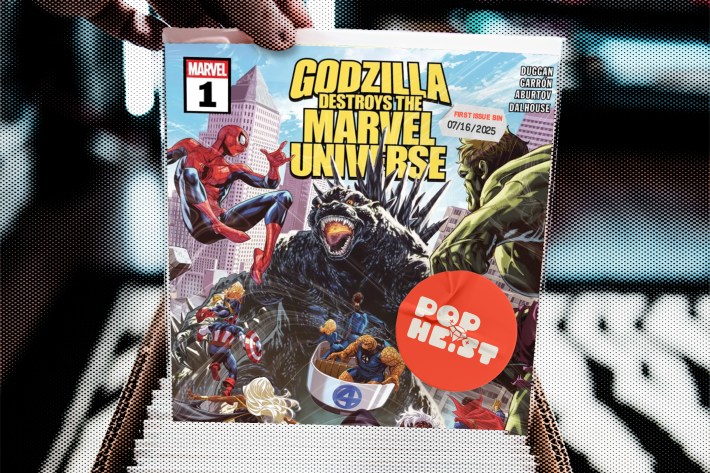
The Birth of a Beast—and a Brand
When Gojira premiered in 1954, it wasn't popcorn entertainment. It was an exorcism. Japan was less than a decade removed from Hiroshima and Nagasaki; the Cold War was heating up; and nuclear anxiety loomed like fallout dust. Godzilla emerged as the cinematic embodiment of that trauma — an unstoppable force born from mankind's own hubris. The monster wasn't evil; he was inevitable.
That's what made him terrifying.
Yet even in the earliest films, there was something undeniably charismatic about him. The massive frame, the thunderous roar, the oddly expressive eyes — it was only a matter of time before he became more than just a movie monster. He became marketable.
By the late 1960s, Godzilla had fought King Kong, teamed up with Jet Jaguar, and saved children from pollution monsters. The terror was softening. The merchandise was flowing. The King of the Monsters had already taken his first steps toward becoming a franchise.
Fast-forward 70 years, and Toho, Godzilla's longtime caretaker, has mastered what the original film could never have imagined: IP management.
The Good: Staying Relevant in a Fast-Moving Market
In 2024, pop culture doesn't reward subtlety; it rewards visibility. For a legacy character to stay alive, it must stay seen. That's where brand collaborations come in. They're not just about selling products — they're about maintaining presence in a market that forgets fast. Toho understands this better than most.
Here are some past collabs featuring the King of Monsters and his court — and believe me: the licensing has been nothing short of seismic.
- Uniqlo, H&M, and Teddy Fresh launched fashion drops that range from minimalist Tokyo streetwear to bright pop-graphic tees.
- PUBG Mobile and Call of Duty: Warzone hosted limited-time in-game events where players could face off against (or alongside) Godzilla and friends.
- PBR had designs by Attack Peter on its cans, featuring Godzilla, Ghidora, Mecha Godzilla, and Mothra.
- EGOZARU, a Japanese basketball brand, dropped activewear emblazoned with fiery Godzilla insignia.
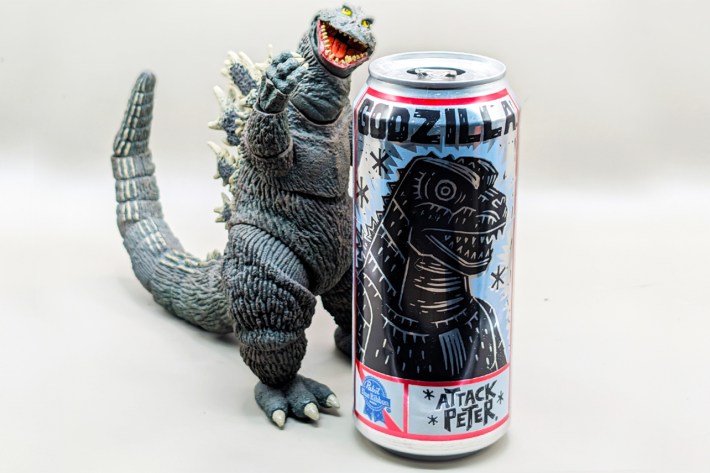
None of these partnerships are random. They're a carefully tiered assault on every demographic segment imaginable — gamers, sneakerheads, nostalgia collectors, Gen Z meme connoisseurs — and it's working.
Godzilla is everywhere, even between movie releases. That's a crucial survival tactic in a world where franchises compete not just at the box office but in the cultural bloodstream.
In a sense, these brand partnerships are like cultural glucose — quick bursts of energy that keep the myth alive between meals. Star Wars did it. Marvel does it. Batman practically runs on it.
The difference is that while most superheroes were designed as intellectual property from the start, Godzilla was born as an allegory. So keeping him alive requires more finesse. Still, from a business perspective, these deals make sense: they ensure that the King of the Monsters stays visible, vibrant, and — most importantly — profitable.
As IP ecosystems go, Godzilla is evolving from a single narrative into a self-sustaining universe.
The Risk: Dilution by Overexposure
But visibility cuts both ways. When Godzilla is on everything — soda cups, Funko Pops, backpacks, boxer briefs, luxury watches — something curious happens: the monster becomes friendly. And friendliness is kryptonite for fear. Familiarity breeds not contempt, but comfort. Godzilla, once an avatar of annihilation, risks becoming a mascot—a corporate koala in radioactive scales.
It's the paradox of modern franchise management: the more you license, the more you lose. Each new collaboration adds exposure but subtracts mystique. The result can be cultural dilution — where the symbol that once shook cities now just moves units.
This isn't new. Look at what happened to Star Wars. When Yoda started selling cell phones and Baby Yoda became a meme on lunchboxes, fans began to ask: when does homage turn to exploitation?
Godzilla faces the same crossroads. Because here's the truth: the monster's power was never in his roar — it was in what that roar meant. When he's plastered across convenience store snacks or reimagined as a cute pixel skin, that meaning blurs. The atomic allegory turns into an aesthetic. The tragedy becomes a trend.
Icon or Influencer?
There's also the vibe problem. Every brand partnership reshapes how people perceive Godzilla — not through narrative, but through context.
Take the Godzilla x HUF skateboard collab. The boards looked incredible: neon outlines, retro kanji, a sense of chaos and motion. But skate culture isn't exactly synonymous with existential nuclear dread. The aesthetic clicked; the philosophy didn't.
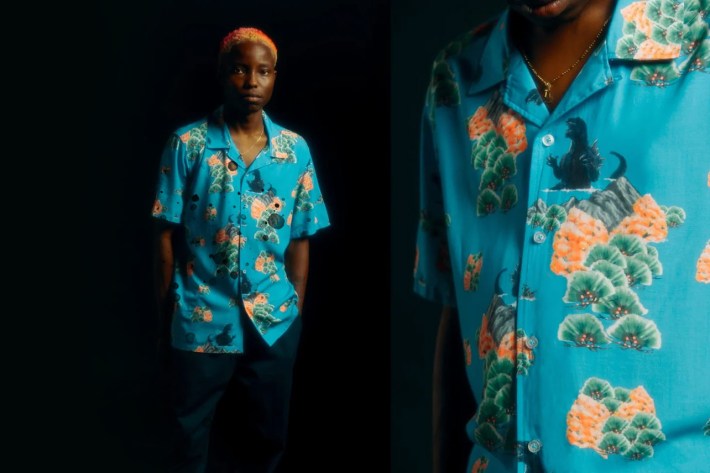
Or the Circle K slushie tie-in for last year's Godzilla x Kong: The New Empire. There's something deliciously ironic about a creature born from radiation now promoting frozen sugar water. But it also underscores a truth of 21st-century branding: once your IP is a “vibe,” meaning takes a back seat to mood — and mood sells.
That's why Godzilla's social presence — especially in Japan — is leaning into self-aware humor. Toho's marketing team has embraced memes, mini-Godzillas, and cute mascots. There's a whole generation for whom “Godzilla” means fun chaos rather than nuclear allegory.
That's not necessarily bad. Cultural symbols evolve. Dracula was once a literary metaphor for disease and repression; now he sells Halloween candy. Batman was pulp noir; now he's a multiverse brand.
The difference is: Godzilla was born from real-world trauma. Turning that into a logo is a delicate act.
Finding the Line: Smart Strategy or Selling Out?
Toho knows the stakes. Few companies have managed a monster franchise this successfully for this long.
Some collaborations work because they extend the lore rather than exploit it. The Call of Duty: Warzone tie-in, for instance, leaned into mythology — introducing themed skins like Mechagodzilla and Burning Godzilla that referenced specific cinematic arcs. Fans recognized the depth, not just the branding.
Others, though, feel more obligatory — more corporate checkbox than creative inspiration.
The key to longevity isn't more partnerships; it's smarter ones. If Toho wants Godzilla to thrive without becoming just another pop-culture zombie, the company has to manage the monster's brand with the same precision it manages its CGI. That means:
- Tiering partnerships. Reserve premium collaborations (like Uniqlo or Call of Duty) for high-visibility storytelling, and keep novelty merch limited and seasonal.
- Avoiding oversaturation. Scarcity drives desire; ubiquity breeds apathy.
- Tying products to narrative moments. A Godzilla x G-Shock watch themed to Godzilla Minus One's 1940s aesthetic? Brilliant. Random soda cups? Less so.
- Listening to fan response. The fandom that kept Godzilla alive through dormant years deserves a seat at the table. Ignore them, and you risk the kind of fatigue that franchises like Transformers and Star Wars have weathered.
It's a delicate ecosystem — part art, part commerce, part cultural stewardship.
Does the Monster Still Mean Something?
Here's the existential question for the King of the Monsters: After 70+ years, what does Godzilla mean now? Is he still the embodiment of humanity's destructive tendencies — our technological arrogance, our nuclear guilt? Or is he an empty vessel, roaring on command for whichever brand pays the licensing fee?
The answer, frustratingly, is both.
Godzilla remains one of the few characters in global cinema who has survived — and thrived — across languages, decades, and moral shifts. He's been hero and villain, destroyer and savior, puppet and metaphor. He's fought moths, robots, dragons, and capitalism itself. Few icons can claim that kind of elasticity. But that elasticity comes at a price.
If Toho and its collaborators push too far into corporate synergy, the danger isn't just that Godzilla loses his meaning — it's that he becomes invisible through visibility, A background character in the spectacle of his own brand. And yet, perhaps that's the most modern fate imaginable for a monster born of the atomic age: to evolve from symbol of destruction into symbol of survival.
Godzilla doesn't just destroy cities anymore; he inhabits them — on billboards, in stores, in memes. His shadow isn't cast by nuclear light, but by the glow of digital screens and storefront LEDs.
That may not be the apocalypse Ishirō Honda envisioned in 1954 — but it's the one we live in now. Because in 2025, the most powerful monsters aren't those that tear down buildings. They're the ones that never leave your feed. And on that front, the King still reigns supreme.
If you haven't already, consider supporting worker-owned media by subscribing to Pop Heist. We are ad-free and operating outside the algorithm, so all dollars go directly to paying the staff members and writers who make articles like this one possible.


